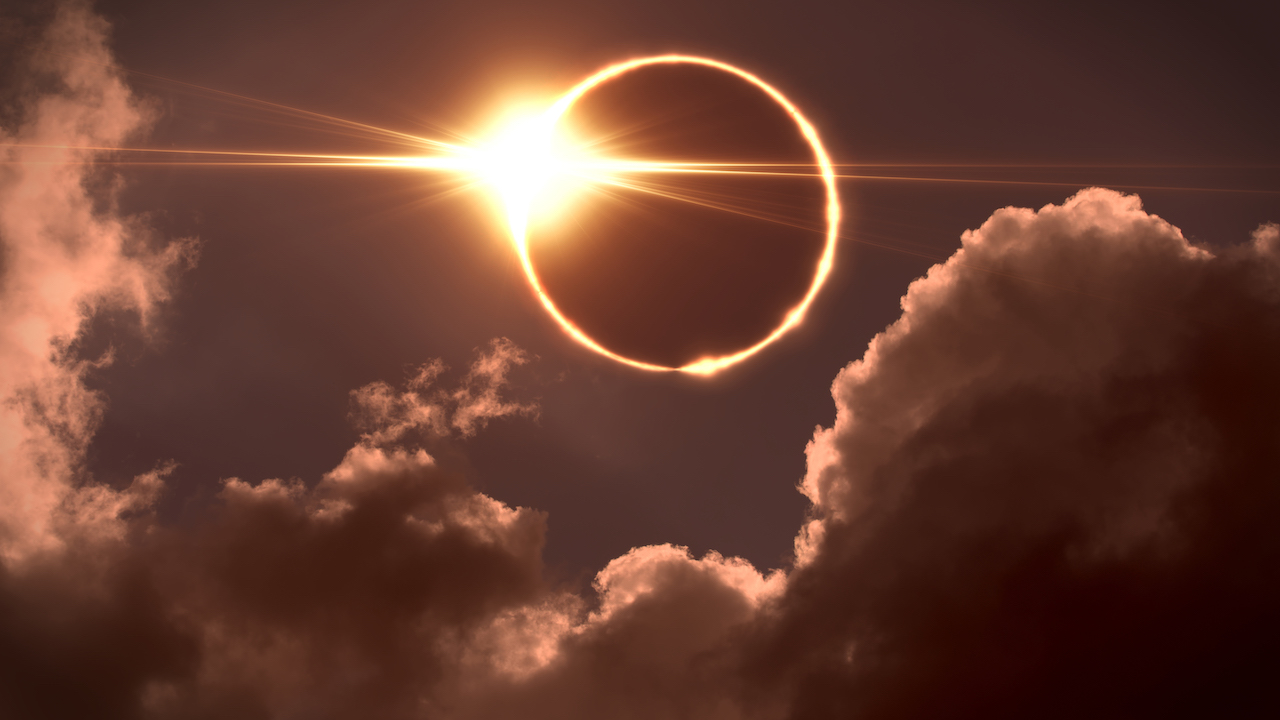What you need to know about the April 8 solar eclipse

Here is what you need to know about the upcoming solar eclipse on April 8.
The total solar eclipse will pass across the United States Monday afternoon and the edge of the moon will begin to cover the sun in our area beginning at 1:58 p.m. It will end completely at about 4:27 p.m.; with the best viewing time on campus at around 3:14 p.m.
See the full eclipse timeline and more information at TimeandDate.com.
If you miss Monday's event, you will have to wait another 20 years for the next opportunity in August of 2044.
Professor Clara Castoldi, adjunct professor of Physics created this slideshow for discussion in her Astronomy class about the upcoming eclipse. She also mentioned that the forecast calls for cloudy skies, which are not ideal for eclipse viewing.
Professor Castoldi spoke with WWJ Radio for their Daily J podcast and for a web story on CBS Detroit. She also commented for stories in the Detroit News and Detroit Free Press.
Professor Ken Mitton, associate professor of Biomedical Sciences and member of the Eye Research Institute, produced this document on how to make a homemade eclipse viewing device if you don't have access to the approved glasses.
Professor Mitton also spoke with Michael Patrick Shiels on the MI Big Show and was a guest in studio for CBS-TV62 about the eclipse event and how looking directly at the sun can cause permanent damage to your eyes anytime, but especially during an eclipse.


 April 4, 2024
April 4, 2024